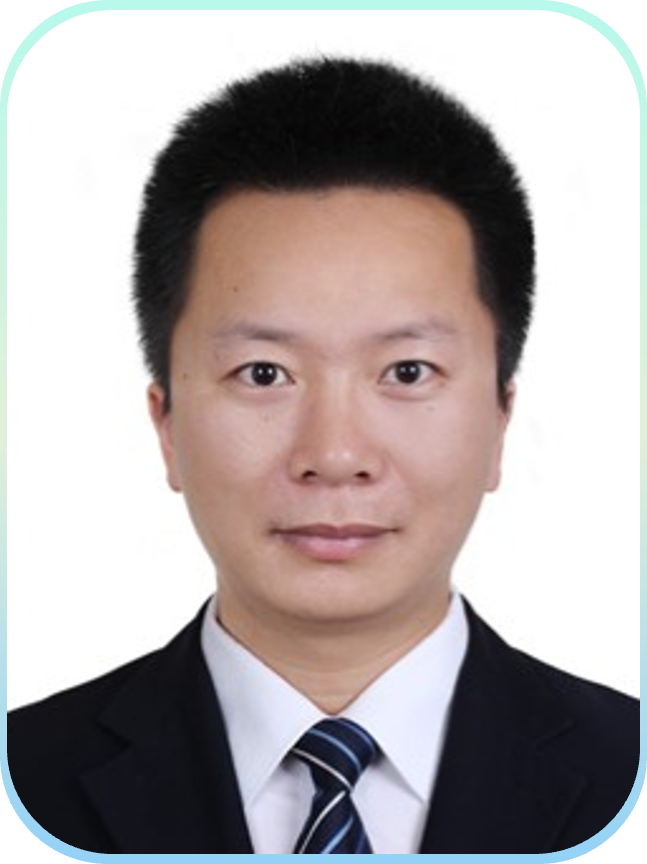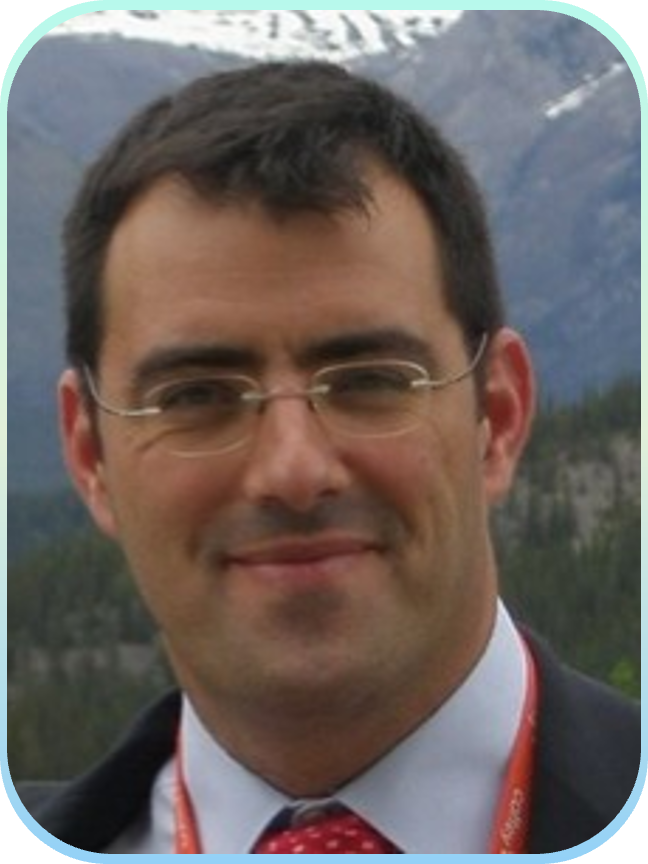Speech Title: Influence of Preexisting Discontinuities on Hydraulic Fracture Complexity in a Naturally Fractured Reservoir
Abstract: Preexisting discontinuities, such as joints and beddings, are widely distributed in unconventional reservoirs. During fluid injection, hydraulic fractures strongly interact with preexisting discontinuities, leading to great uncertainty in prediction of fracture geometry. To investigate how preexisting discontinuities affect fracture complexity, numerical simulations are carried out using the distinct element method. A discrete fracture network model for a shale reservoir in the southeastern Ordos basin, China is built. The results indicate that preexisting discontinuities strongly influence fracture complexity: they impose a barrier for fracture growth in most cases, and thus result in a smaller fracture area and a higher fluid pressure for fracture extension. However, the roles that joints and beddings play in fracture complexity differ. Compared with the bedding model, the joint model causes a less complex fracture geometry under the same injection condition, suggesting that the joints play a more significant role in reducing fracture complexity.
Jointed Workshop of IAEG-C29, C36 & C38
Rock and soil masses are the environment of infrastructure works and engineering construction. Structural characteristics are the basic elements of rock and soil masses, and are the important cause for complex heterogeneity, discontinuity and anisotropy of soil and rock mass. Various types of discontinuous structures, such as joints and faults, greatly affect the deformation and failure characteristics of rock mass under specific conditions. Rock mass characterization and behavior is the most critical element for the safe and efficient design of engineering works. Recent trends in soil and rock engineering involve deep underground applications, like hydraulic fracturing for shale gas and oil extraction, waste disposal, energy storage and rock slope stability applications with new characterization tools. Fracturing of rocks is being pursued to exploit underground energy resources, but in many cases fracturing must remain limited to sustain safety in engineering construction. More emphasis should be given to the study of structure, deformation and failure behavior of soil and rockmass. Therefore, the jointed workshop of Commissions C29 (Structure and behavior of soil and rockmass), C36 (Engineering Geology for Waste Disposal) and C38 (Rockmass characterization with emphasis in rock slope hazards), will be held during the IAEG-2023, in Chengdu, China with aim to focus on the structure, characterization, deformation and failure, and coupled effects of soil and rockmass.
- Organizers: Organizers: Shengwen Qi (CAS, China), Lihui Li (CAS, China), Weimin Ye (Tongji University,China),Yonggui Chen (Tongji University,China),Haris Saroglou (NTUA, Greece)
- Speakers: Yanyan Li, Xueliang Wang, Yong He, Haris Saroglou
- Jinjiang Hall @ 5F of Chengdu International Exhibition Centre
- Date: Sept. 23 Time: 19:30-21:30
Yanyan Li
Beijing University of Technology, China

Bio.:
Dr. Yanyan Li is a professor at Faculty of Urban Construction, Beijing University of Technology, China. His research interests include (1) rock mass characterization, (2) unconventional shale gas reservoir geomechanics, and (3) numerical methods for geotechnical engineering.
Xueliang Wang
Institute of Geology and Geophysics, Chinese Academy of Sciences, China

Bio.: Xueliang Wang is an associate professor, Institute of Geology and Geophysics, Chinese Academy of Sciences, where he obtained his PhD degrees in Engineering Geology in 2013. During his PhD study and research experience, he went to Italy and Canada for academic exchange two years there. He has carried out research on identification of rock mass structures by UAV, LiDAR and InSAR, numerical simulation of rockfall runout, and dynamic rockfall risk analysis. The relevant research outcomes have been applied by power grid engineering projects, tourism safety management and prevent and mitigation of residential areas. Granted by the Second Tibetan Plateau Scientific expedition, his current research interests focus on spatial distribution of structural rock mass controlled by faulting, landslide erosion of mountain areas in Tibetan Plateau coupling of tectonic uplift and climate change. In recent 5 years, he has published more than 10 papers in Engineering Geology, Landslides and Remote sensing, which are strictly related to structural rock mass and landslide erosion in southeastern Tibet. Professor Wang also received awards from the China Nonferrous Metals Association and others.
Speech Title: Structural Characteristics of Rock Mass and Driving Mechanism of Large Bedrock Landslides in Southeastern Tibet
Abstract: Recent technological developments including Unmanned Aerial Vehicles, terrestrial laser scanning, photogrammetry and point cloud analysis software tools greatly enhance our ability to investigate geometrical and mechanical characteristics of rock mass of high-relief slopes that are not accessible on site and spatial distribution of large bedrock landslides regionally. The presentation contains two parts, the first part focusing on the relationship between faulting and the spatial geometrical and mechanical characteristics of a rock mass controlled by faulting. Using the Yarlung Tsangpo Fault of southeastern Tibet as a case study, we propose the procedures, investigation approaches, evidence and criteria for quantitatively defining the threshold distance for damage zones combining the spatial variations of fracture density and rock mass strength. Influenced by tectonics, fracture density (the joint volumetric count, Jv) and cohesion of the rock mass show power curve relations with distance within the damage zone. The fault first affects the characteristics of rock mass structures, and then the characteristics of the rock structures influence the stability of slope leading to landslide. The second part focuses on the relationship between landslides and rock mass strength. Data show that, at the landscape scale, more landslides have occurred on the hillslopes with greater rock mass strength than on those with lower rock mass strength. It is concluded that the dominant drivers of large bedrock landslides in our study areas are rock uplift and river incision, rather than a reduction in rock strength as has been proposed in some tectonically passive regions.
Yong He
Central South University, China

Bio.:
Dr. Yong He is an associate professor at School of Geosciences and Info-Physics, Central South University, PRC. He obtained his PhD degree in Engineering Geology in Tongji University supervised by Prof. Wei-min Ye and Prof. Yong-gui Chen. His research interests include Environmental Engineering Geology, Unsaturated Soil Mechanics, and Digital Earth. He has leaded more than 10 research projects supported by NSFC, the National Key Research and Development and so on. He has published more than 50 papers and authorized more than 20 patents.
Speech Title: A Constitutive Model of Compacted Clay under Coupled Chemo-Hydro-Mechanical Conditions
Abstract: Compacted clay is an ideal host material for the disposal of high-level radioactive waste, cut-off wall in contaminated site due to its low permeability, high adsorption capacity and good self-sealing characteristics. A coupled chemo-hydro-mechanical model for compacted bentonite based on the Barcelona expansive model (BExM) that distinguishes between the microstructure and macrostructure was developed. The effective stress principle was modified by introducing the osmotic stress pπ, which is considered to govern the elastic strain of the compacted clay. The yield functions were deduced, and the yield surface was depicted in the smatric-pπ-pnet space. Validation of the proposed model was conducted by simulating a series of wetting–drying tests on compacted clay under different net vertical stress and osmotic stress conditions and by salinization-desalinization tests on compacted bentonite at different vertical stresses.
Haris Saroglou
National Technical University of Athens, Greece

Bio.:
Dr. Haris Saroglou is a Teaching & Research Fellow in the School of Civil Engineering, National Technical University of Athens and a Visiting Lecturer at the University of Leeds. He was a former Lecturer at the Department of Civil & Environmental Engineering in Imperial College. He has received an Honor from the Academy of Athens (2009) and the Richard Wolters Prize by IAEG in 2012. He was a visiting Professor in the Institute of Geology and Geophysics, Chinese Academy of Sciences (2016) and visiting Professor in Shaoxing University (2017). He has authored 100 papers, while his research has a strong scientific impact. He is Chairman of IAEG Commission C38.
Speech Title: Rock Mass Characterization and Assessment of Rock Slope Instabilities Using New Technologies
Abstract: The lecture will present how new technologies can be effectively used for the rock mass characterization and assessment of rock slope instabilities. The use of new technologies, such as UAV-enabled mapping and SfM photogrammetry, in combination with traditional field reconnaissance provides a very effective method for identifying the actual risk areas of slopes affecting infrastructure works and cultural heritage sites. The characterization and rock mass classification of rock masses in remote, inaccessible slopes has been facilitated. The applications related to slope stability assessment and risk mitigation for rock slopes will be demonstrated through specific case studies.